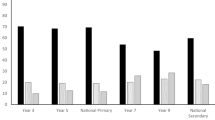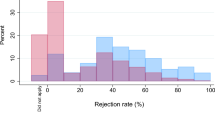Abstract
The period 1979–1996 was one of radical change in British higher education. Initially change was mainly financial, expenditure was cut severely. In response the universities sought funds from elsewhere. By the mid-1980s expenditure cuts were supplemented by government initiatives to encourage universities and polytechnics to undertake research and consultancy contracts with industry and to seek private donations. Education Acts in 1988 and 1992 speeded the pace of change. Most large higher education institutions were redesignated as universities with consequential changes to the idea of a university. Public funding mechanisms were established that encouraged expansion at marginal costs much lower than average costs. The results were dramatic. Between 1989 and 1994 enrollments increased by over 50% and expenditure per student fell by 30%. Financial power shifted from providers to consumers and proxy consumers. Universities began to contract out non-core activities. This paper describes these changes and considers their significance for the nature and meaning of higher education in Britain.
Similar content being viewed by others
Author information
Authors and Affiliations
Rights and permissions
About this article
Cite this article
Williams, G. The market route to mass higher education: British experience 1979–1996. High Educ Policy 10, 275–289 (1997). https://doi.org/10.1016/S0952-8733(97)00018-4
Published:
Issue Date:
DOI: https://doi.org/10.1016/S0952-8733(97)00018-4




